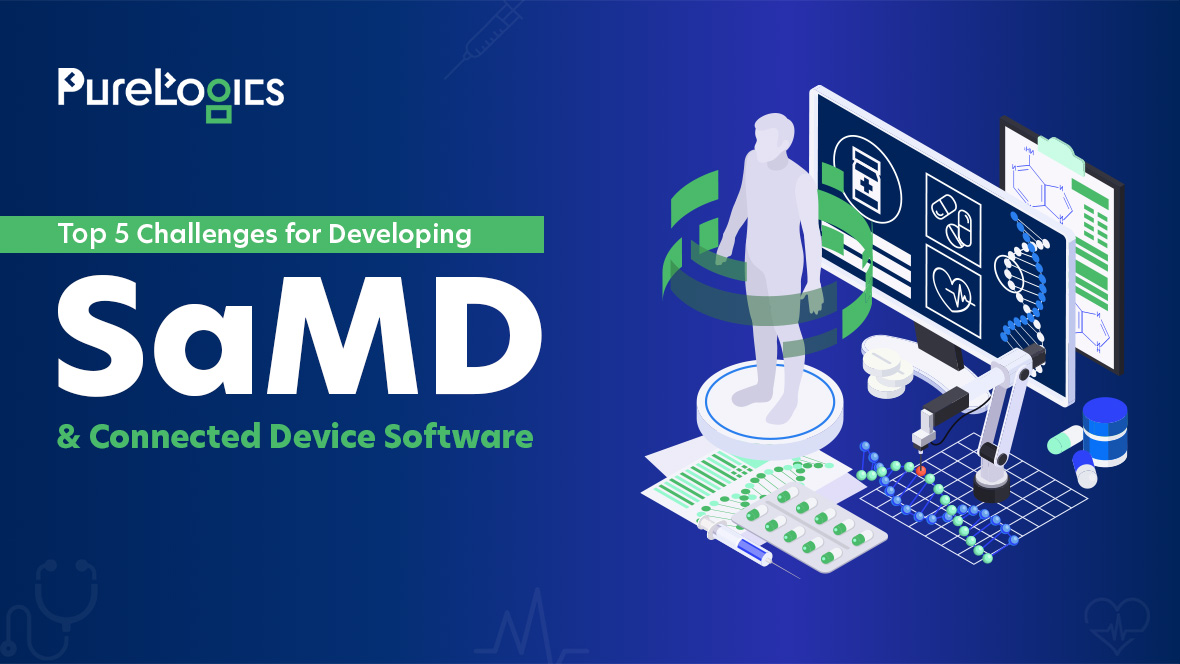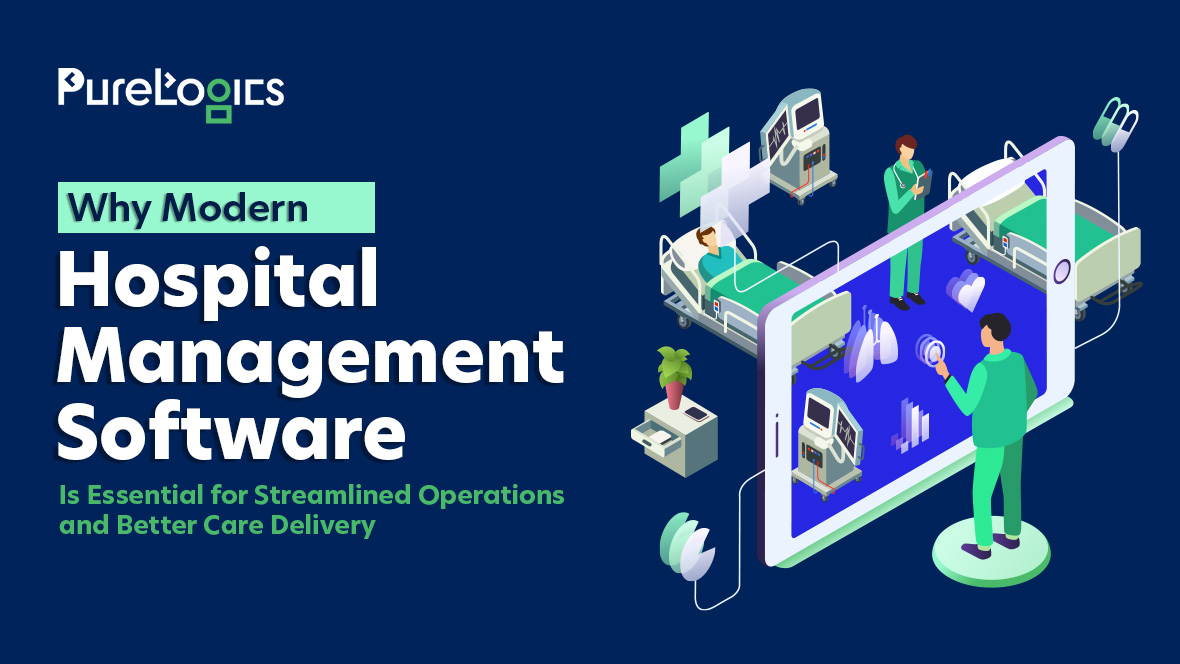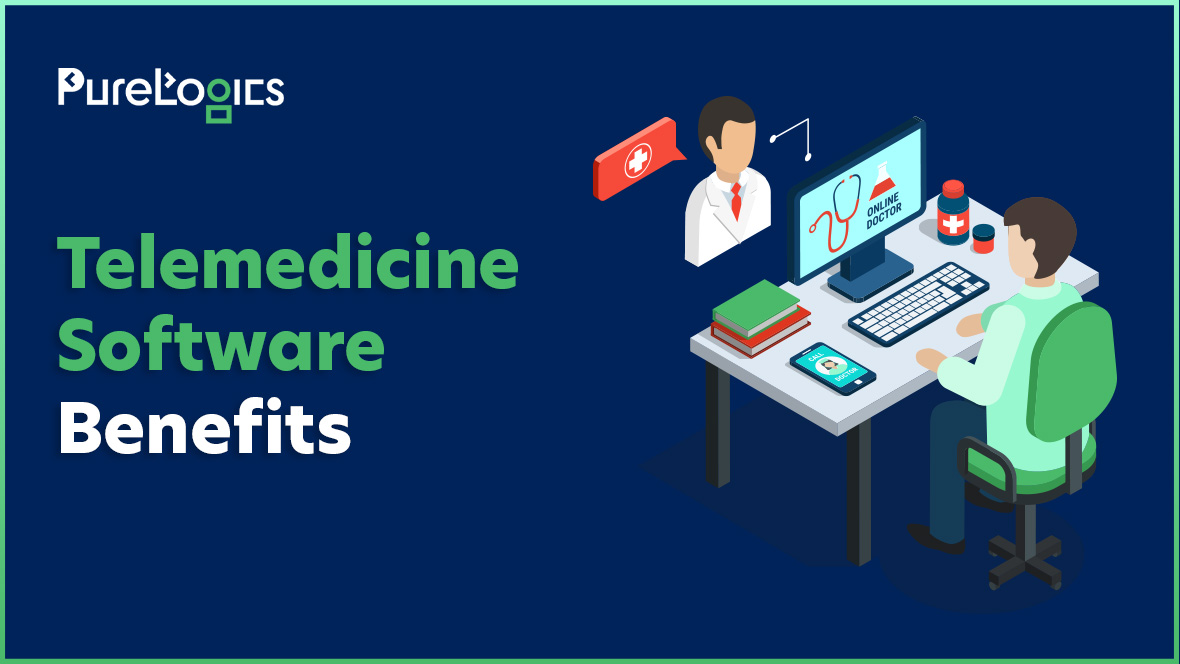In recent years, the healthcare industry has experienced a significant evolution due to the rise in digital technologies. Those who are in this industry will endorse that Software as a Medical Device (SaMD) and connected devices are at the forefront of this evolution, enhancing patient care, improving efficiency, and enabling personalized treatment plans. Nevertheless, developing these state-of-the-art solutions is not without challenges.
In this blog post, we will explore the top five challenges IT companies face when creating SaMD and connected device software and discuss strategies to overcome them.
1. Regulatory Compliance
Navigating the regulatory landscape is one of the most daunting tasks for developers of SaMD and connected devices. Regulatory bodies like the FDA in the United States and the EMA in Europe impose stringent requirements to ensure that medical software is safe, effective, and of high quality. The challenge lies in the ever-evolving nature of regulations, which can vary not only from country to country but also across different types of devices and software.
For instance, the FDA’s 510(k) clearance process requires companies to demonstrate that their device is substantially equivalent to a legally marketed device, which can lead to extensive documentation and testing. Additionally, the new regulations surrounding Software Precertification (Pre-Cert) are still being defined, adding another layer of complexity.
Strategies for Success
To effectively manage regulatory compliance, companies should adopt a proactive approach. Here are some best practices:
Early Engagement with Regulatory Experts: Collaborating with regulatory consultants can provide valuable insights into compliance requirements and help set realistic timelines for approval.
Regular Training and Updates: Keeping your team updated on changing regulations through regular training sessions ensures everyone is aware of compliance standards.
Documentation Practices: Establish a robust documentation process to maintain records of design, testing, and risk management, which can streamline the regulatory submission process.
By prioritizing compliance from the outset, companies can avoid delays and potential penalties, ultimately leading to faster market entry.
Simplify Your Regulatory Journey
Navigate FDA and EMA requirements with ease and expertise.
2. Ensuring Data Security and Privacy
With the increased reliance on data exchange between devices, ensuring the security and privacy of sensitive patient information has never been more critical. Data breaches can lead to severe legal repercussions, financial loss, and a significant decline in patient trust. High-profile breaches in recent years have underscored the importance of robust security measures.
Moreover, regulations such as HIPAA in the U.S. and GDPR in Europe impose strict guidelines on how patient data should be handled, adding another layer of complexity.
Strategies for Success
To tackle data security and privacy challenges, consider the following strategies:
Incorporate Security by Design: Integrate security features into the software development lifecycle from the very beginning. This includes writing error-free code, using encryption to keep data safe, and setting up proper controls to manage access.
Regular Security Audits: Conduct frequent security assessments and penetration testing to identify vulnerabilities and address them proactively.
User Education: Educate users about data security best practices, such as recognizing phishing attempts and using strong passwords. This is especially important for connected devices that may not have extensive user interfaces.
By prioritizing data security and privacy, companies can safeguard sensitive information while enhancing their credibility in the market.
3. Integration with Existing Healthcare Systems
Another significant hurdle in developing SaMD and connected device software is ensuring seamless integration with existing healthcare systems. Many healthcare organizations still rely on legacy systems that may not support modern technologies, resulting in interoperability issues. These problems can make digital health solutions less effective and result in uncoordinated care.
Strategies for Success
To address integration challenges, companies should adopt the following approaches:
Prioritize Interoperability: Design software that adheres to widely accepted standards, such as Fast Healthcare Interoperability Resources (FHIR) or Health Level 7 (HL7). These standards facilitate data exchange between disparate systems.
Collaborate with Healthcare Providers: Engage with healthcare organizations during the design phase to understand their existing infrastructure and workflows. This collaboration can lead to solutions that fit seamlessly into their operations.
Test Integrations Early: Conduct early testing of integrations to identify potential issues before the software goes live. Continuous feedback from end-users during the testing phase can help refine integration strategies.
By focusing on interoperability, companies can create solutions that enhance collaboration and communication within the healthcare ecosystem.
4. User Experience and Accessibility
Creating a user-friendly interface for SaMD and connected devices is essential for ensuring user adoption and satisfaction. Poorly designed software can lead to frustration among healthcare providers and patients alike, potentially compromising patient outcomes. Additionally, accessibility is a critical consideration, as diverse patient populations may have varying levels of digital literacy.
Strategies for Success
To improve user experience and accessibility, consider the following:
User-Centered Design: Implement user-centered design principles by conducting user research and usability testing throughout the development process. Gathering feedback from actual users can help identify pain points and improve the interface.
Inclusive Design: Ensure that your software is accessible to all users, including those with disabilities. Incorporating features like screen readers, voice commands, and adjustable font sizes can enhance usability for a broader audience.
Provide Comprehensive Training: Offer extensive training and support for users to help them navigate the software effectively. Tutorials, webinars, and user guides can empower users to make the most of the technology.
By prioritizing user experience and accessibility, companies can create solutions that are not only effective but also widely adopted.
Design for All Users
Maximize your software’s impact with accessible and user-centered designs.
5. Continuous Monitoring and Post-Market Surveillance
Unlike traditional software, SaMD and connected devices require continuous monitoring to ensure safety and efficacy after deployment. Post-market surveillance is essential for identifying potential issues that may arise once the software is in use. This ongoing scrutiny can be resource-intensive and requires a systematic approach to data collection and analysis.
Strategies for Success
To establish a robust post-market surveillance strategy, companies should focus on the following:
Develop a Surveillance Plan: Create a comprehensive post-market surveillance plan that outlines how data will be collected, analyzed, and acted upon. This plan should include performance metrics, user feedback, and incident reporting procedures.
Utilize Analytics Tools: Implement analytics tools that can help track the performance of the software and identify trends or anomalies in usage. Data-driven insights can guide improvements and ensure compliance with regulatory requirements.
Establish a Feedback Loop: Encourage users to provide feedback on the software’s performance and any issues they encounter. Creating a structured feedback mechanism can help address problems promptly and enhance the overall user experience.
By committing to continuous monitoring and post-market surveillance, companies can ensure their solutions remain safe and effective over time.
Final Remarks
While developing SaMD and connected device software presents numerous challenges, careful planning and strategic approaches can pave the way for success. By focusing on regulatory compliance, data security, interoperability, user experience, and continuous monitoring, IT companies can create innovative and effective digital health solutions that improve patient care.
At PureLogics, we specialize in delivering cutting-edge digital health solutions designed to meet the unique needs of our clients. Our experienced team is adept at navigating the complexities of SaMD development, ensuring your products are secure, user-friendly, and compliant with regulations. Let us partner with you to revolutionize healthcare through technology.
Contact us today to learn more about how we can support your digital health initiatives!


 [tta_listen_btn]
[tta_listen_btn]
 December 30 2024
December 30 2024






